The world's “greenest” data centers: a small overview

Data centers for large technology companies are now needed, like air. Of course, data centers, with their servers, cooling and lighting systems, consume a lot of energy. Of course, the situation has improved in comparison with the data centers that worked 10-15 years ago, but not so much that it was possible to talk about the complete victory of energy-saving technologies.
But there are data centers where the situation with energy saving is much better than in the middle hands of DC. There are not many such data centers, but they are there, and in this short review we offer to evaluate some of the most interesting "green" data centers.
')
Finnish Google data center (Hamina, Finland)
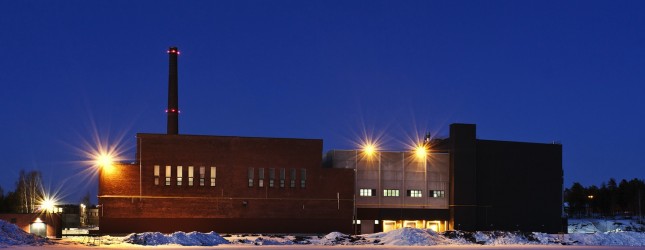
This data center, as well as some other “green” DCs, benefits from its location.
The thing is that in this region the temperature of the coastal waters (and the DC is located just near the sea coast) is only a few degrees above zero. And this situation is observed all year round.
In addition, the DC itself is located in the former paper mill, where there is already a ready system for chilled water intake. Of course, I had to adapt the system for the needs of the data center, but it was already there. There is also an integrated cleaning system, and the return system is designed in such a way that environmental damage is practically not applied.
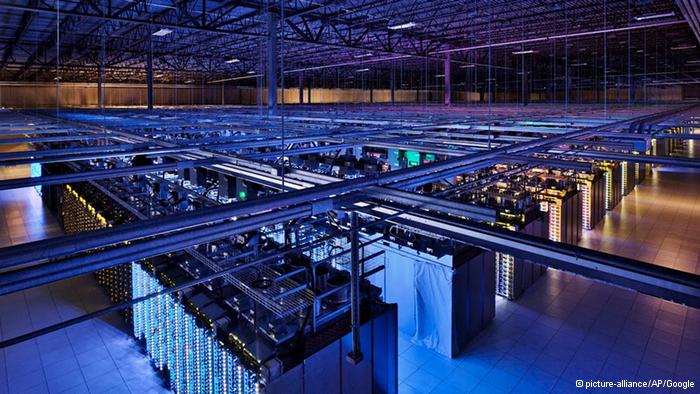
Due to all these factors, an indicator such as PUE (Power usage effectiveness) in this particular data center is only 1.1. In the usual data center, the PUE is 1.6-1.8.
Data Center Equinix AM3
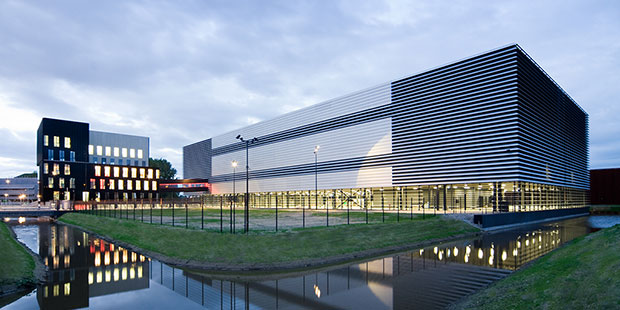
This data center, located in the “science park” of Amsterdam, is one of the most “greenest” in the world. This was confirmed, in particular, by the 2012 DatacenterDynamics Green Data Center award. This data center uses both terrestrial technologies and technologies that now serve the benefit of astronauts.
For example, fuel cells are used. Also used a "green" cooling system with all modern modifications.
For personal use, this data center generates about 800 thousand kilowatt-hours per year.
Here you can rewind about a minute, at first just advertising goes.
Microsoft Autonomous DC (Wyoming, USA)
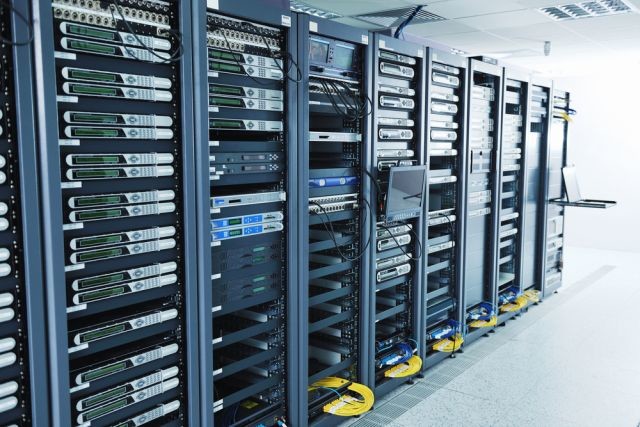
Microsoft is also not lagging behind other companies, offering a new technology - the introduction of fuel cells (methane) directly into the server racks.
The building of the data center is located next to the water treatment plant. What for? And in order to use methane released at the station, without the need to transport this gas from somewhere. Actually, we are talking more about biogas - a mixture of several gases released during biochemical processes in organic matter, where methane prevails.
The “methane” data center has the following advantages compared to traditional DC:
- reducing the likelihood of equipment failure due to power outages. Since in this case the data center itself is the energy company, no load / failure of the region’s general power system will lead to the failure of autonomous equipment;
- reduced infrastructure costs. This has already been mentioned above - since there are no bespereboynik, transformers and other power equipment, the cost of creating the energy infrastructure of the data center is significantly reduced;
- increase energy efficiency equipment. This is not only about PUE. The overall energy efficiency of the system, according to the authors of the project, doubles;
- The data center can be built almost anywhere where there is methane, away from the extensive energy infrastructure of the city / region. In addition to methane, you can use "solar" energy, wind energy and other alternative energy sources.
Google Data Center (Changhua, Taiwan)

It is planned to invest about 600 million US dollars in the new data center of the “Corporation of Good”. This data center uses wind energy, its own wind power plant was built for it, which supplies the data center.
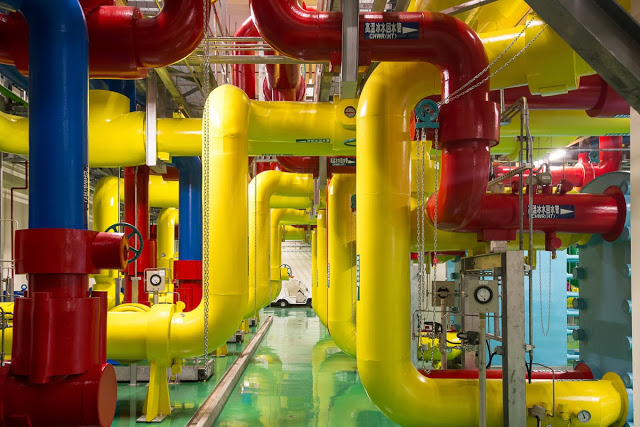
In addition, it uses an unusual cooling system. So, the water used here as a cooler is cooled at night (forgive the tautology), after which it is collected in heat-insulated drives, using in the daytime as needed.
With the onset of the day, cold water is used in the cooling system, and the accumulated water at night is just enough for a light (and therefore warm) time of day. Thus, the data center from Taiwan uses much less electricity than in the usual DC,
NSA Data Center (Maryland, USA)

We have already written about this DC, it is interesting here that to cool the infrastructure, wastewater (purified) is used here.
At this facility, it is planned to use about 19 million liters of treated wastewater per day to cool the data center equipment. An agreement
It is worth noting that only to create a new pumping station, which will take water for cooling the agency's data center, requires 40 million US dollars. The data center itself, which is being built at Fort Meade, will be launched only in 2016. But the total cost of this data center is 860 million US dollars.
“Arctic” Facebook data center in Lulea

We have already written about this data center, the DC from Facebook is one of the most (if not the most) “green” data centers in the world, with a PUE of 1.07. This is even better than Google's data center from Finland, where PUE = 1.1.
By the way, it would be interesting to hear from the Habas community, perhaps you know other "green" DCs, where various energy efficient technologies are used? It would be interesting to read about them, we offer to arrange a discussion in the comments.
Source: https://habr.com/ru/post/210494/
All Articles